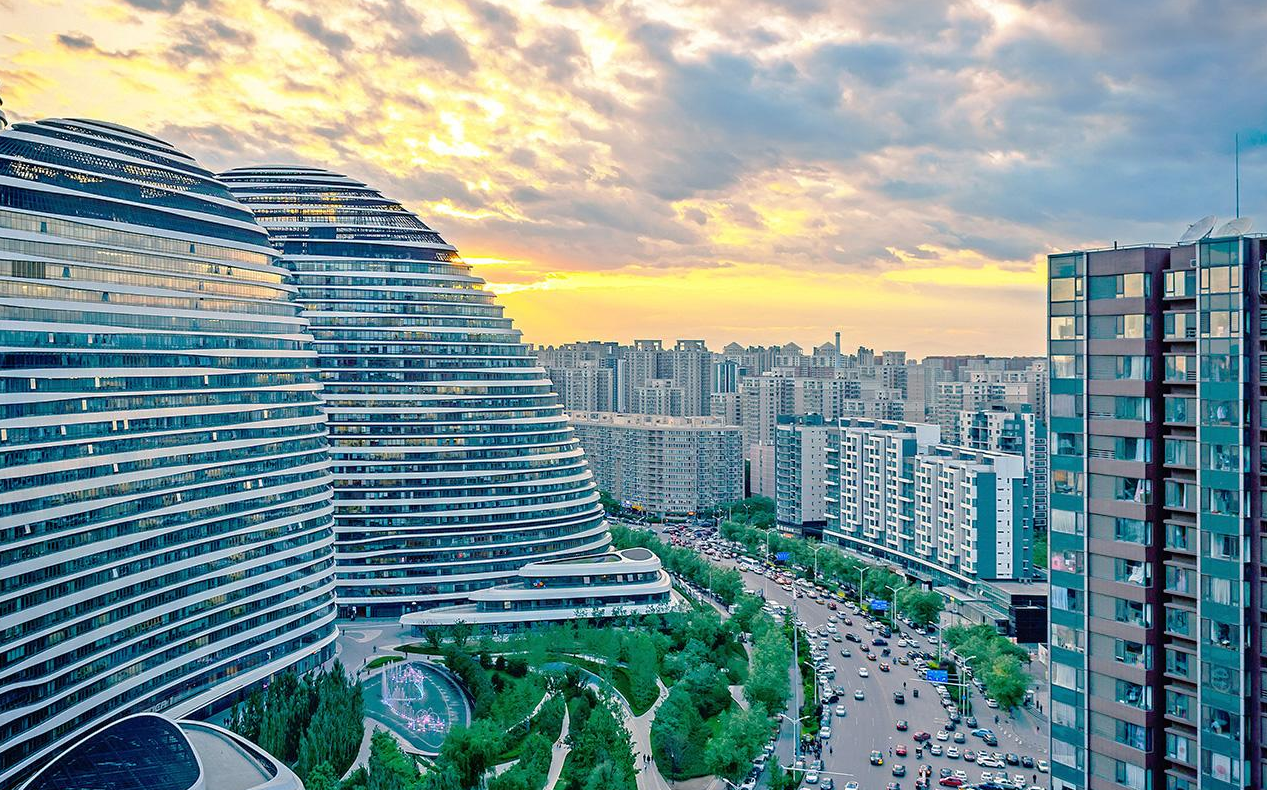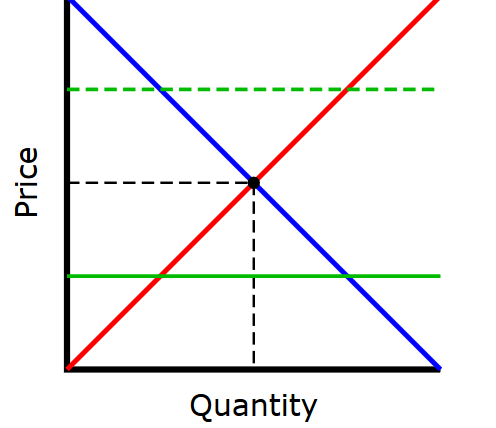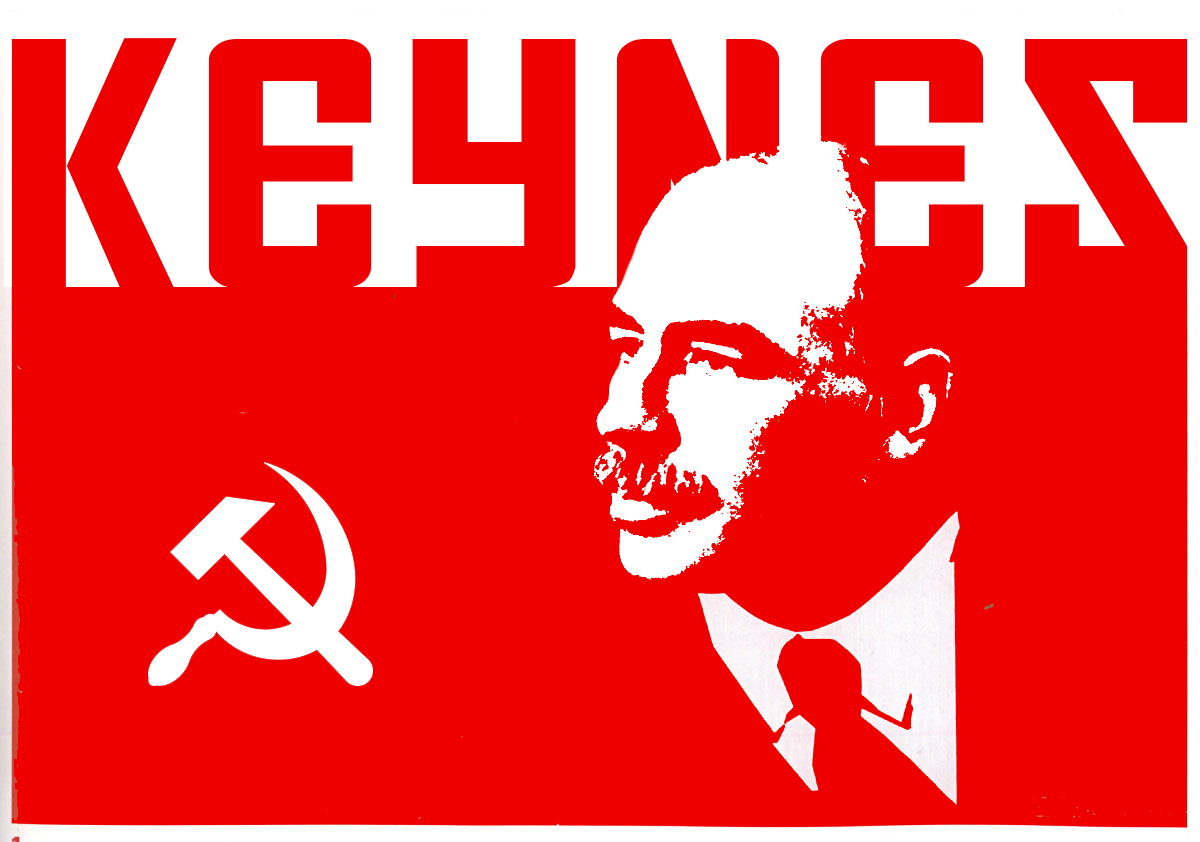The recent recovery in industrial activity seems to have stalled, probably because of the collapse in external demand and high levels of vigilance inside China. Since the large-scale coronavirus infection was contained, the Chinese government has been trying hard to get the economy back on track. The end of the lockdown in Wuhan after two in a half months is an important milestone in that respect. But in the past couple of weeks, economic recovery has come up against a couple of roadblocks. At first, supply-side constraints posed by various containment measures were the main obstacle. Migrant workers had difficulty returning from their hometowns to factories after the extended Chinese New Year holidays. This led to massive supply-chain disruption, which was
Topics:
Perspectives Pictet considers the following as important: 2) Swiss and European Macro, 2.) Pictet Macro Analysis, Featured, newsletter
This could be interesting, too:
Marc Chandler writes Sterling and Gilts Pressed Lower by Firmer CPI
Ryan McMaken writes A Free-Market Guide to Trump’s Immigration Crackdown
Wanjiru Njoya writes Post-Election Prospects for Ending DEI
Swiss Customs writes Octobre 2024 : la chimie-pharma détermine le record à l’export

The recent recovery in industrial activity seems to have stalled, probably because of the collapse in external demand and high levels of vigilance inside China.
Since the large-scale coronavirus infection was contained, the Chinese government has been trying hard to get the economy back on track. The end of the lockdown in Wuhan after two in a half months is an important milestone in that respect. But in the past couple of weeks, economic recovery has come up against a couple of roadblocks.
At first, supply-side constraints posed by various containment measures were the main obstacle. Migrant workers had difficulty returning from their hometowns to factories after the extended Chinese New Year holidays. This led to massive supply-chain disruption, which was exacerbated by the partial shutdown of the national transportation network. These constraints were gradually removed as the country progressively returned to business, especially since March.
Since late March another obstacle started to emerge, in particular the collapse of external demand as the US and many countries in Europe moved into lockdown. The latest purchasing managers’ index (PMI) report provides some hints of what is happening. After crashing to 28.7 in February, the new export order sub-index rose to 46.4 in March, remaining below the 50-threshold, meaning that after a historical slump in February, Chinese exports likely have continued to contract in March. We expect this gauge to decline again in April, reflecting the collapse in demand from Europe and the US.
After accelerating since early March and reaching about 90% of the historical average level, the manufacturing recovery in China seems to have lost steam again over the past week, likely reflecting the impact of the decline in external demand on the Chinese industrial sector. While things could still change and probably more data points are needed to confirm the trend, what the high-frequency data currently show us is worrisome. It poses downside risk to our current core scenario, in which we had expected industrial activity to return to its end-2019 level by early Q2 2020. Our Q2 2020 growth forecast is at risk if industrial recovery remains this sluggish.
The recovery of services is ongoing, but the pace remains slow due to people’s high vigilance against a possible ‘second wave’ of infection. Many leisure activities are in hibernation. Cinemas, for example, are still closed. We do not have high-frequency data on restaurants in China, but it seems that most people are still quite cautious about going out. People may continue to avoid social gatherings voluntarily, even after official containment measures are removed. This suggests recovery in the services sector will continue to be slow.
To summarise, weak external demand and people’s high level of vigilance against a possible ‘second wave’ of inflection are dampening the Chinese recovery.
Tags: Featured,newsletter







